READY TO GET STARTED?
REQUEST A FREE ESTIMATE
Fill out the form below or call (888) 466-7849 for a free, no-obligation estimate.
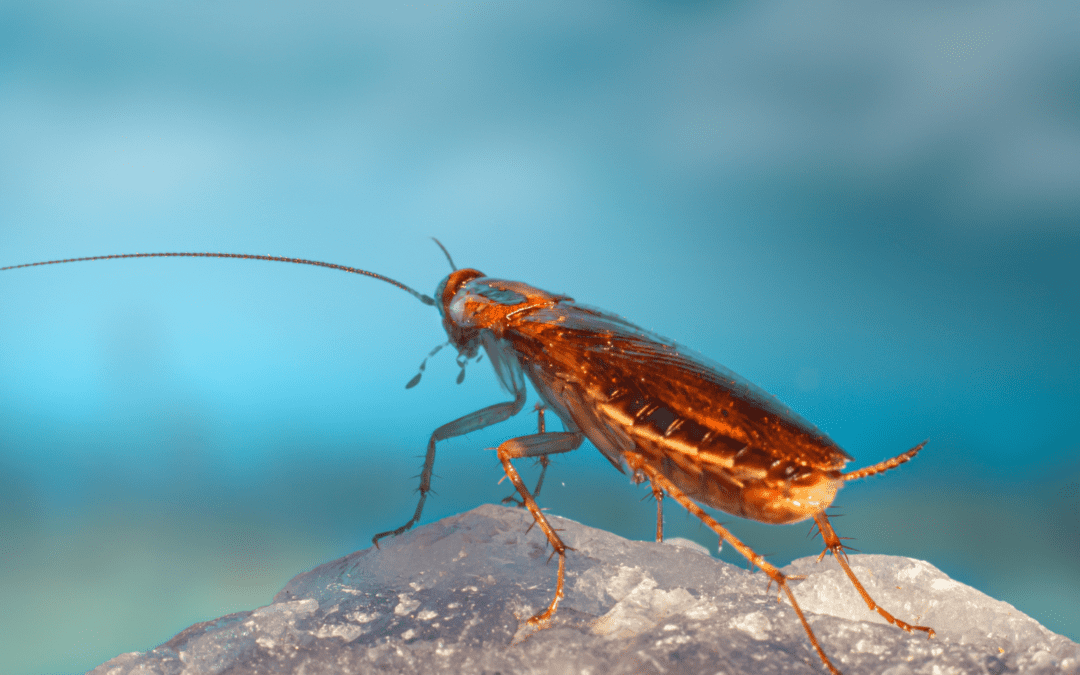
It’s never ideal to encounter cockroaches in your home. If you do, it’s best to know what types of cockroaches you’re dealing with to help determine the best way to eliminate them. Failing to remove these pests can lead to unpleasant outcomes, like allergies, that can potentially increase your chances of getting asthma.
We have broken down the three most common cockroaches found in the south and how to keep them away; let’s check it out!
This large out-of-the-house infesting roach can get up to 1.5 inches in length. These roaches develop wings towards the end of their life cycle, with males having some longer than their bodies. You can usually identify them by the yellow band located behind their head.
The American cockroach can typically be found where food is abundant. They also prefer drains that aren’t used as often. In the wild, they prefer dark or damp wood piles.
One of the most common species found worldwide, the German cockroach is generally light to dark brown and has two stripes near the back of its head. This species does have wings. They prefer dark, moist places. Since they don’t do well in the cold, they thrive in the southern climate.
This species first entered the U.S. in 1903 and is now found nationwide. The brown-banded cockroach got its name from the two light brown bands that appear across its wings. They prefer warmer, drier, and higher locations in a room and can be found mostly in cabinets and behind picture frames. This species will typically hide its egg cases in or underneath furniture.
While prevention can help keep cockroaches away, sometimes it’s best to get a professional involved. A local pest control company will be able to inspect your home and provide you with the best treatment and prevention plan going forward.
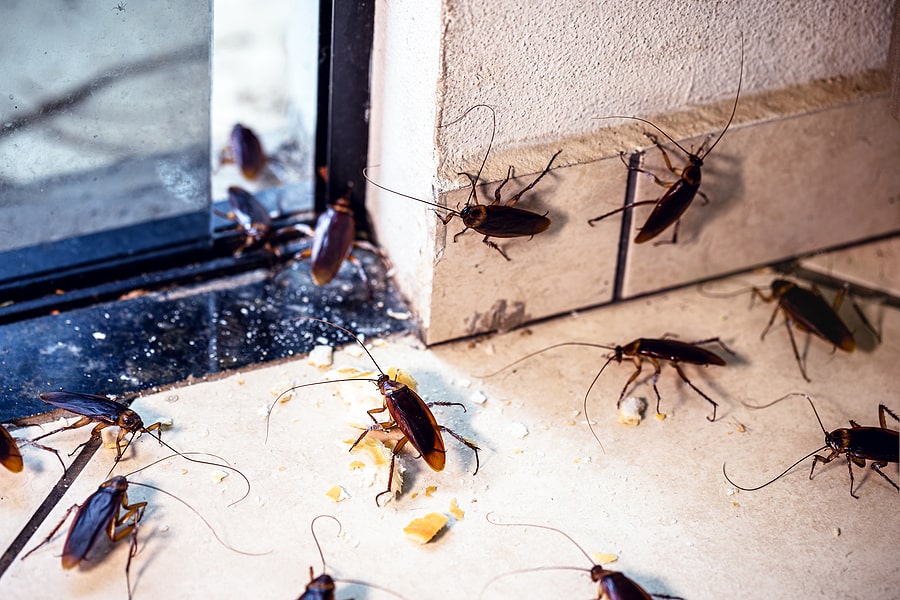
Roaches are resilient pests that have survived millions of years on Earth. Cockroaches are naturally tropical pests, preferring warm, humid habitats to thrive in. In fact, most species of roaches will die off at temperatures below 15 degrees Fahrenheit. Roaches have learned to adapt and are expert overwintering pests, making their way indoors to avoid exposure to cold temperatures and survive the winter.
There are four species of cockroaches in the United States that can survive year-round with the appropriate overwintering environment.
To answer the question above, roaches don’t necessarily die off in the winter. As long as they can find a warm place to shelter with a food source they can survive and reproduce year-round. The next question to ask yourself is, “How are they getting into my home?” Roaches can squeeze through openings as small as 3/16″ and will use any opening they find in your walls, siding, baseboards, and ceilings to get inside. Roaches are also notorious hitchhikers and will catch a ride indoors on bags, boxes, firewood, furniture, and appliances.
Keep roaches out this winter by:
If you have a problem with cockroaches or any other household pest, contact your local pest control company for an evaluation and treatment plan.
Mouse vs Rat: 5 Differences Explained
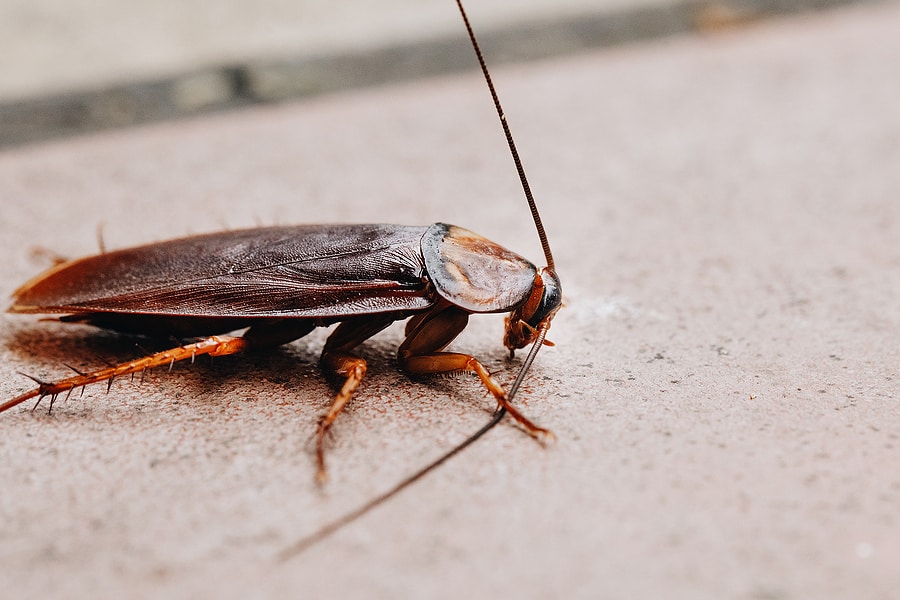
The cockroach might just seem like a creepy, annoying nuisance, but it can cause more damage than expected. Cockroaches transmit over 30 different kinds of bacteria – E. Coli, Salmonella, and more. In addition to this, they can also trigger asthma and allergy attacks as their droppings, saliva and shed skin contain allergens that increase asthma symptoms, especially in children.
As one of the most common household pests, it’s important to keep roaches under control to lessen the effects they cause. Here we breakdown the types of cockroaches you could be seeing in your home and how you can prevent them in the future.
While prevention can help keep cockroaches away, sometimes it’s best to get a professional involved. A local pest control company will be able to inspect your home and provide you with the best treatment and prevention plan going forward.
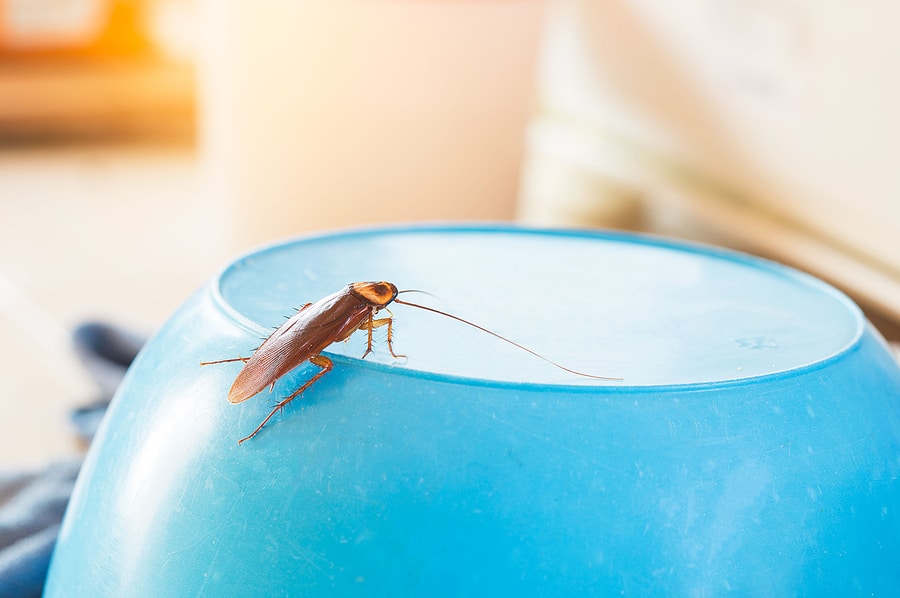
You’ve prepped your home, made sure all messes are cleaned, and closed all open gaps, but you’re still seeing roaches in your home! Why are these pests still attracted to what’s inside your house and how do they keep entering?! We break down some common cockroaches you could be seeing and how they keep sneaking in!
The Species Matters
It’s important to note that there are several different species of cockroaches. Each species is attracted to and thrive off of very different environments. The Oriental cockroach prefers a dark, cool place to hideout. You can often find them in organic matter such as mulch, wood chips, and even between your home’s foundation. Brown-banded cockroaches, on the other hand, like warmer, drier environments. These cockroaches are commonly found in areas above eye-level, such as cabinets, pantries, and even TVs. Another common species is the American cockroach that prefers living in warm, moist areas. These pests can be found in homes, restaurants, grocery stores – basically anywhere food is prepped and stored!
Hitchhiking Roaches
What attracts roaches can be easily found inside anyone’s home. What if you’ve taken precautions, however, to ensure these pests won’t get into your house but they still keep coming back? There are several reasons why roaches keep finding their way back into your home. Roaches are extremely resilient and are excellent hitchhikers! These pests can be easily transported from one place to the other by hitching a ride in your grocery bags, luggage, and even cardboard boxes. Roaches can also travel from neighbor to neighbor, so if your neighbors aren’t taking great roach precautions they could be coming from next door!
What Next?!
Roaches are year-round pests making them extremely hard to control. Because of this, you’ll have to take precautions 12 months out of the year to keep them out of the house. Here are some tips to prevent roaches throughout the year.
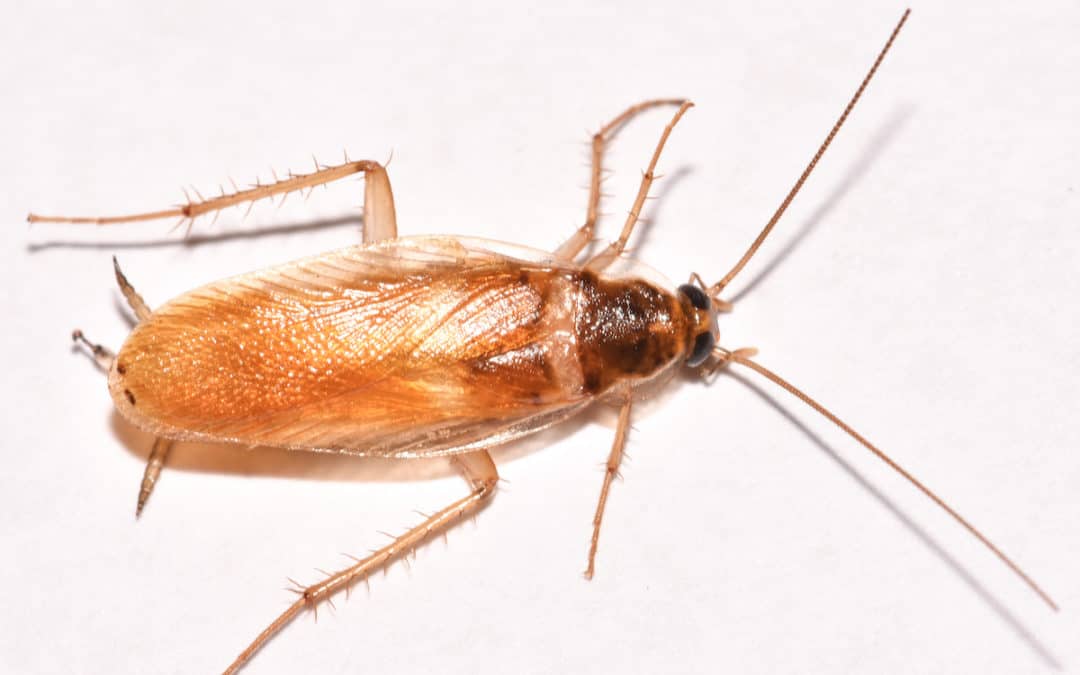
While they aren’t one of the most common cockroach species that are talked about, the brown banded cockroach (Supella longipalpa) can cause problematic infestations like their German and American counterparts. These roaches are one of the smallest species of invasive cockroaches with adults reaching lengths of about 11 to 14 mm. They are found throughout the United States. Brown banded cockroaches are named because of the light brown or tan double bands found on their bodies. These bands are found on the wings of adults and the bodies of the young. They are often confused with German cockroaches.
What attracts cockroaches is pretty simple: food, shelter, and water. These cockroaches need warm temperatures to survive and will often make their way into your home in search of food and shelter. They most often hitch a ride inside on infested furniture (where they often leave their egg casings), grocery items, deliveries, food products, and electronics. Once inside, they are commonly found in living areas where they have access to food supplies and hiding places. They tend to stay in drier locations that are at higher elevations, such as the upper cabinets in kitchens and bathrooms.
When you spot a cockroach in the house one of the first questions people ask is “are cockroaches dangerous?” The answer to that is yes, they can be. Brown banded roaches will feed on anything from trash and food crumbs to nylon stockings and glue. They are known to carry and spread 33 different bacteria, 6 different parasitic worms, and 7 kinds of human pathogens. They pick up these germs on the spines of their legs and bodies and spread them to any surface they touch. They are also known to trigger allergies and asthma in humans.
Once roaches have taken up residence in your home they can proliferate rapidly. They can be quite difficult to eliminate once they are there. The best way to handle roaches of any species is to prevent them from getting indoors in the first place. Check out these cockroach prevention tips:
Cockroaches: A Possible Allergy Trigger
Why Are Mosquitoes Inside My Home?
Mouse vs Rat: Can You Spot The Difference?